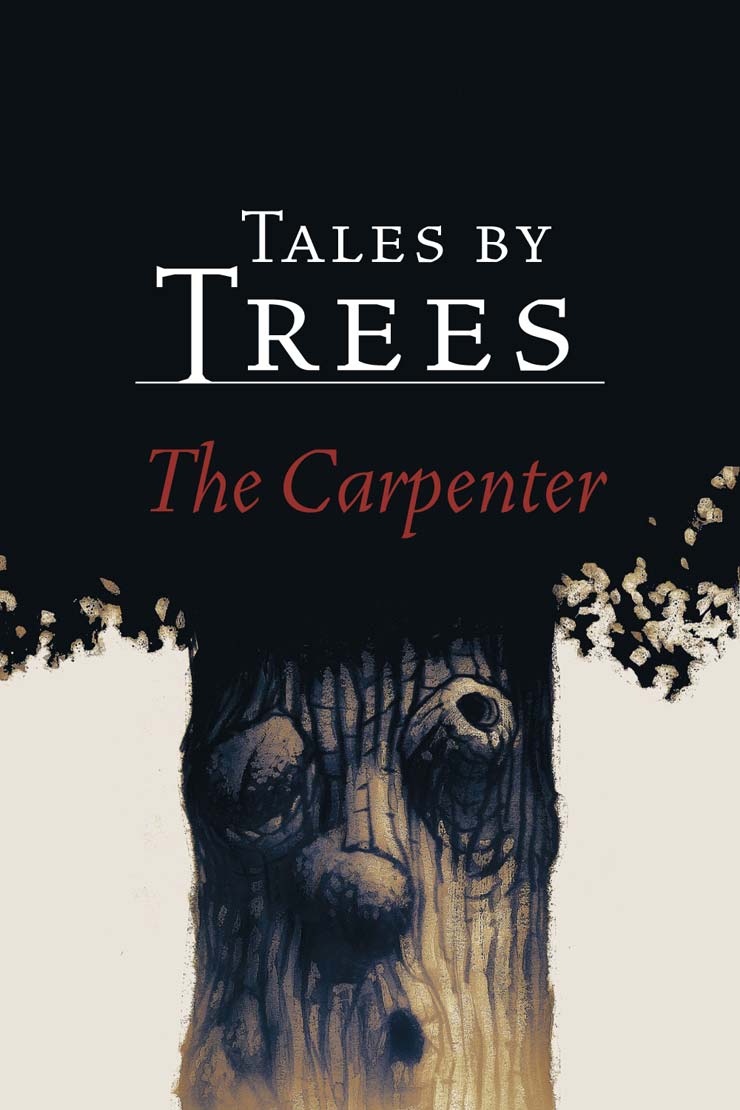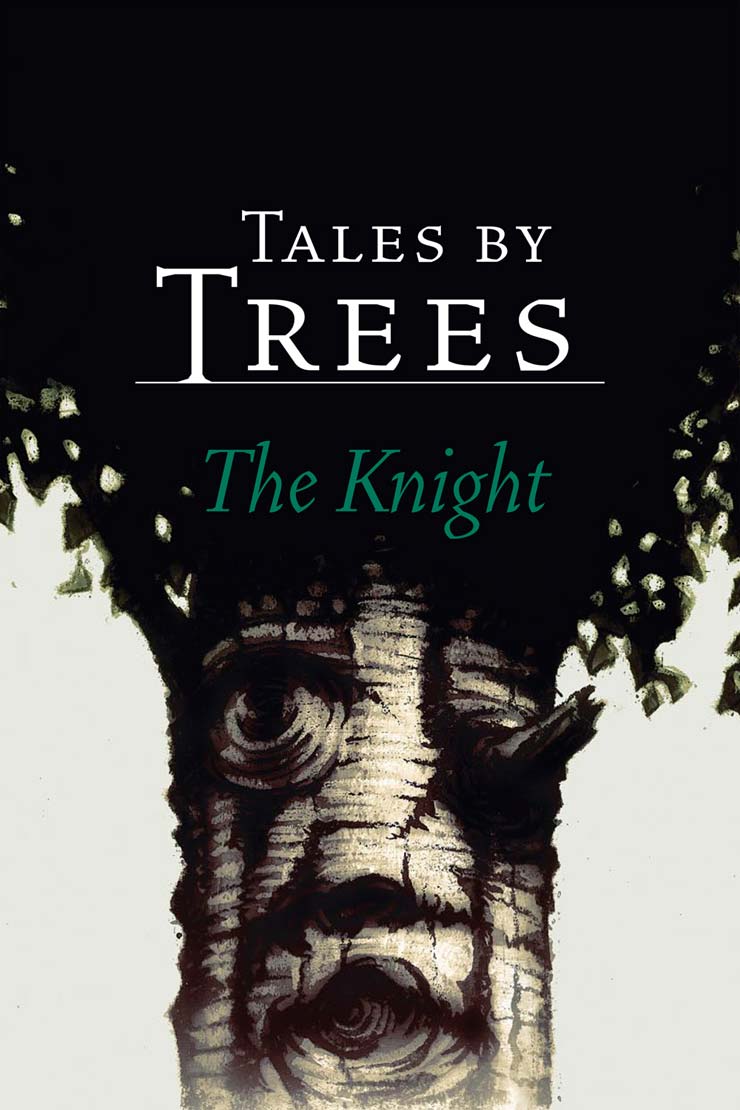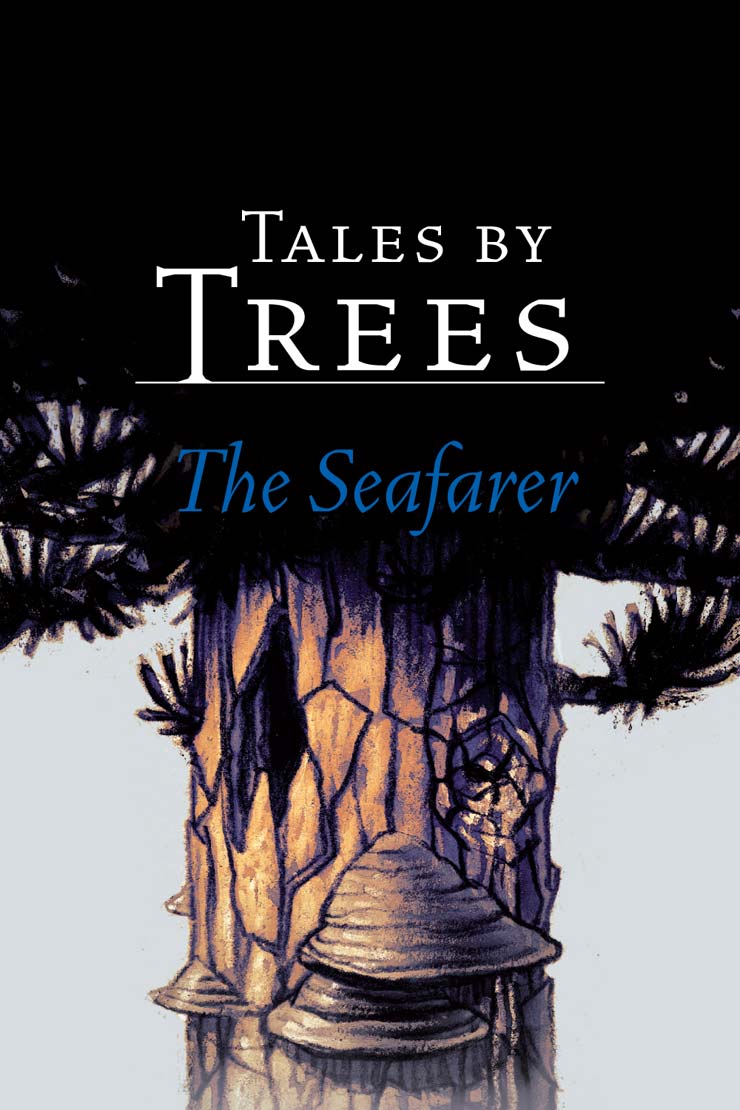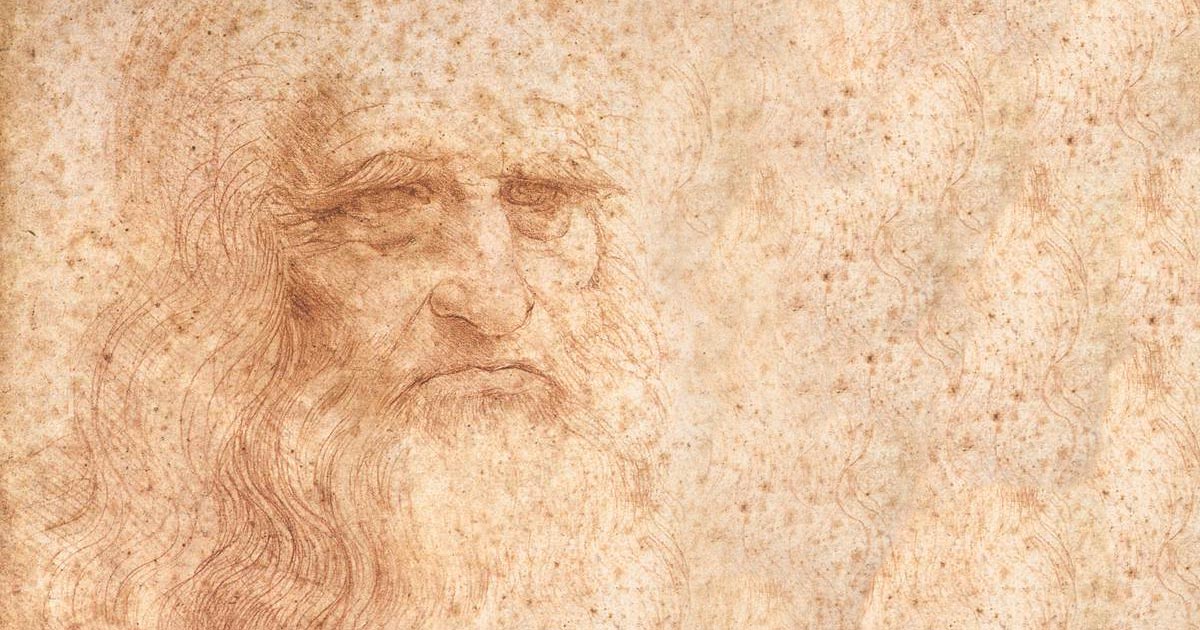
How Leonardo da Vinci Helped Us Make the Seed
The Tales by Trees campaign had one hundred people pre-order our net positive design sculpture, the Seed. As we are currently finishing the Seeds, we wanted to share some information about what protects these wooden sculptures and how Leonardo da Vinci helped us to come up with our method.
Wood is a wonderful material. It’s versatile, renewable, environmentally friendly, gorgeous and simply unique. But in many ways, it’s also a living material. To allow these wonderful sculptures to look good for years to come, they need a protective coating.
Unfortunately, most protective materials include chemicals that are harmful for both nature and you. Although the amount of coating material used for the Seeds is small and the environmental and health effects in the case of a Seed would therefore be very small, we want our art & design to not only be environmentally friendly but also regenerative, toxin-free, and made from fully renewable materials.
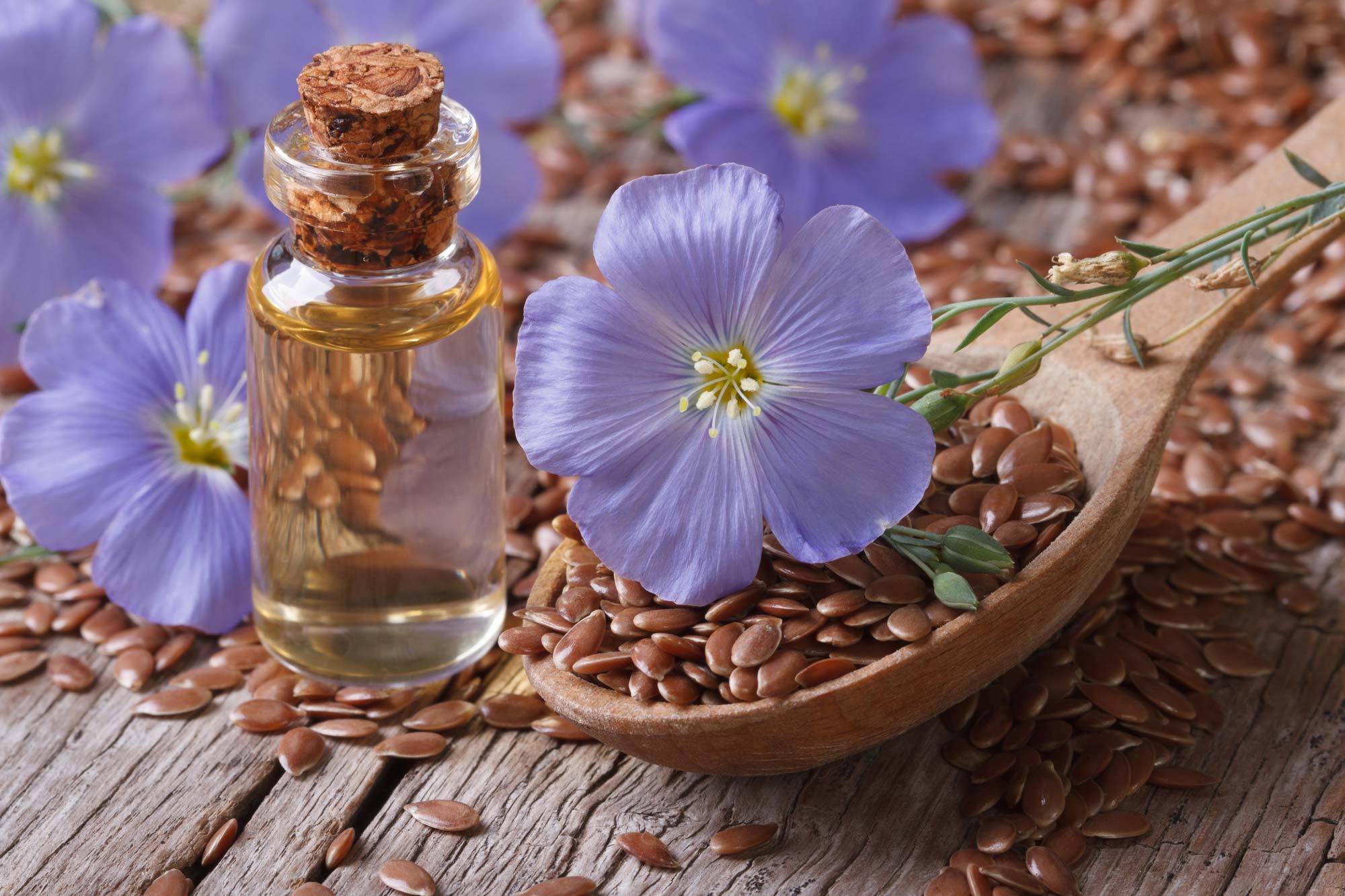
Of course, plenty of natural oils and waxes exist that fulfil all of these requirements. But they tend to have other problems. For instance, without mixing in some fairly toxic substances, many natural alternatives never fully dry, leaving a slightly sticky surface. We want the Seeds to be wonderful to touch, just like they are pleasing to the eye.
In our search for the perfect solution, we considered hundreds of options and carried out dozens of tests. But in the end, we discovered that the Renaissance genius Leonard da Vinci had already solved the problem for us.
Da Vinci is famous for many things — he was an innovator, scientist, engineer, sculptor, writer, astronomer… the list goes on and on. But, perhaps most famously, he was also one of the greatest painters of all time. Pretty much everyone knows at least one of his paintings, and most people know this one:
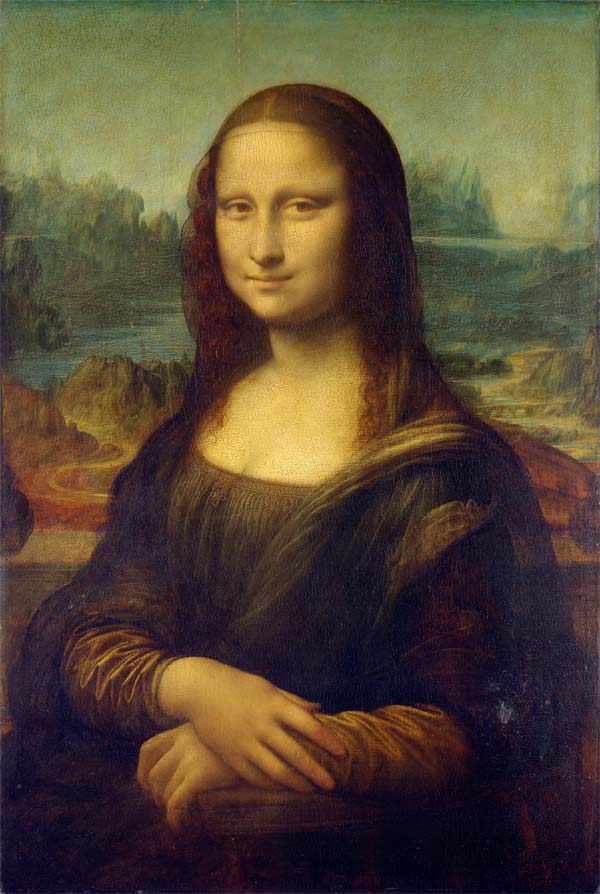
But did you know that in addition to displaying unsurpassed artistic genius, his paintings like Mona Lisa are also a testament to his skills as a chemist?
Renaissance was a time of change across many fields. In visual arts, artists began to experiment with new materials and techniques as painters moved away from the traditional egg yolk based tempera and started using newly discovered oil paints, which allowed for more vivid colours, increased depth and greater contrasts. But oil paints were very complicated to make and the quality fluctuated accordingly.
Da Vinci, studying the production methods with his typical attention to detail, found a way to considerably improve the process. By cooking his colour pigments in linseed oil at a very low temperature and adding about 5% of beeswax, the colours came out better, would dry well, and not darken after they had been added to the canvas. It was a revolutionary discovery and practically all Renaissance masters later followed this method.
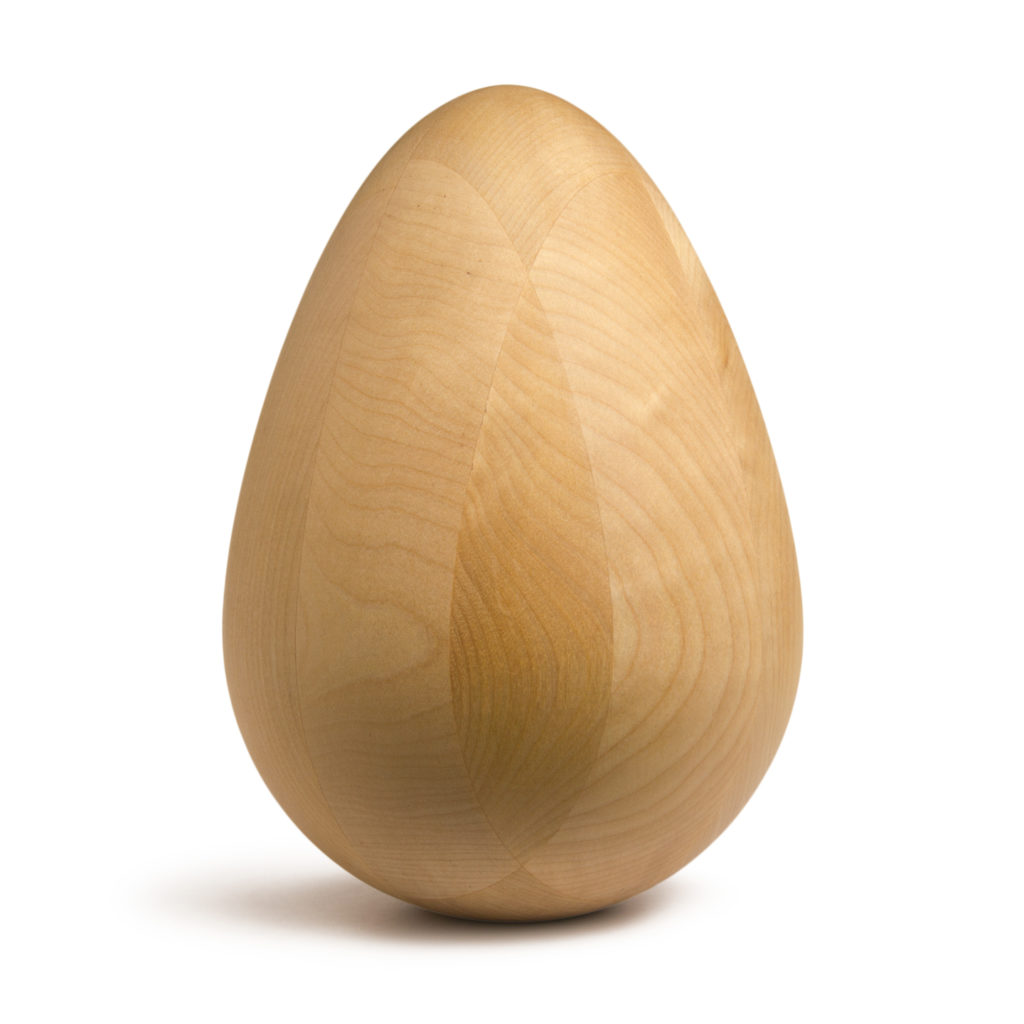
This almost 600-year-old recipe is also exactly what covers the Seeds: we use da Vinci’s recipe of slowly boiled linseed oil, mixed with 5% of beeswax. Every Seed is polished by hand using this age-old innovation. We, of course, don’t use colour pigments in the mix like da Vinci’s paints did, leaving the natural colour of the Finnish birch wood to shine through, enhanced only by the glow given by the oil and the wax. But just like with da Vinci, there are no added artificial chemicals in the coating. It’s a 100% sustainable solution and gives a wonderful finish that is both gorgeous to look at and feels great when you hold a Seed. We can’t wait to have our backers experience it!
So, when you receive your Seed (we are still well on track for delivery by the end of June) and take it out of its box, spare a thought for good old Leonardo, the genius who helped us make the Seeds. Da Vinci’s paintings have stood the test of time and already delighted art lovers for over half a millennium, thanks both to his artistic genius and innovative chemistry. Using his methods, we look forward to a similarly long life span for the Seed.

